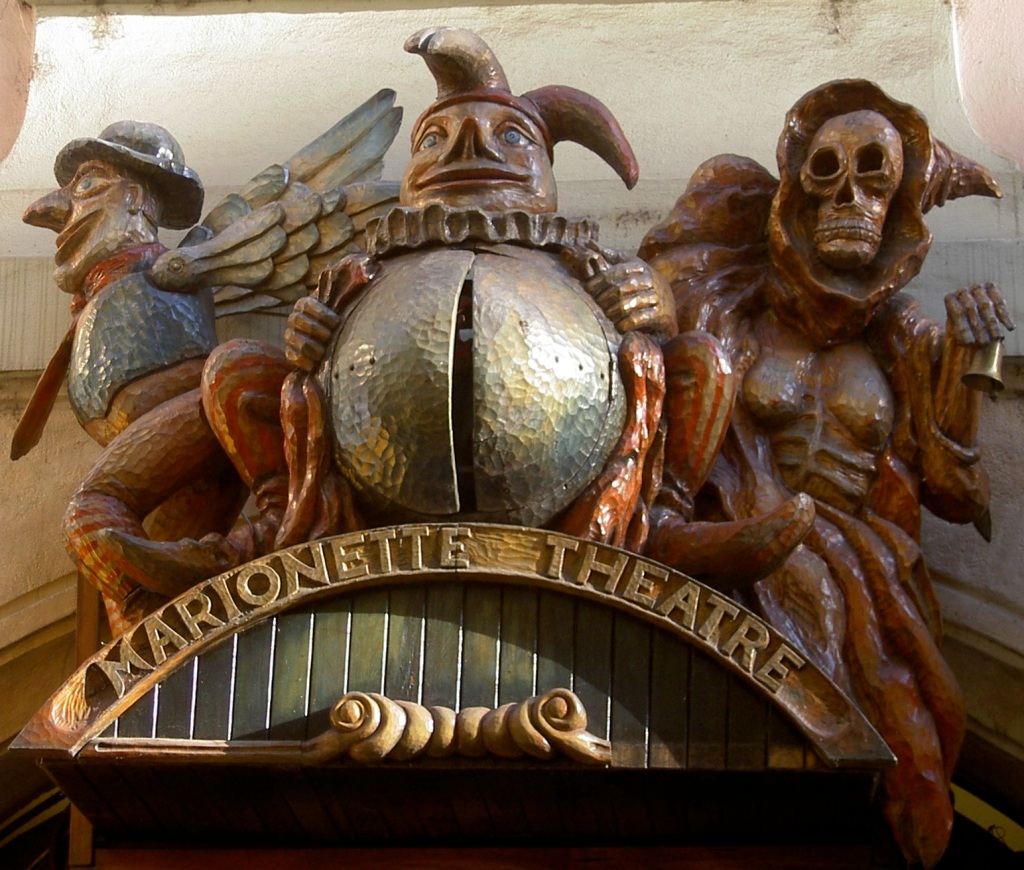I’m working now on the interface for my Project Planning App for the iPad. Whatever people say about form following function, it’s not true when the function is ill defined.
Spitfires and E-Type Jaguars, Gaggia coffee machines and Dualit toasters are all engineered to do a specific task, and emerge beautiful by being perfectly appropriate to that task. Software is different. Software emulates tools, but only within the constraints of current hardware. We have come a long way from the green screens and dumb terminals of the 1970’s / 1980’s, via windows, to touch screen tablets like the iPad. Each step has been massively beneficial, in that the tools we use shape our thinking about the work we need to get done, but we re-frame our work to best use our tools. Until we make the last step, to have tools that suit our preferred ways of working, form will dominate function.
How many manhours are wasted globally producing PowerPoint presentations, not because we have much more to communicate to each other than when we used OHP slides, but because they look lovely and “Professional”? (Of course this is exceeded by the manhours wasted in the audience). Many people use spreadsheets to do database tasks, because it is the only tool they know, and not only couldn’t design a database properly, but couldn’t even frame the question in the right terms, they think in rows and columns, not sets and relationships.
In his excellent book “Being Digital” (Selected bits here :- http://archives.obs-us.com/obs/english/books/nn/bdcont.htm ), Nicholas Negroponte describes the ideal interface for humans to deal with information systems. We would sit down at our desks in the morning and a series of hologram figures (The seven dwarves, a cast of SuperHeroes, characters from ancient mythology, whatever we choose), would march out onto the desktop to be given spoken orders. They would then scuttle away, returning later with information, ready processed into usable form, or with analysis and suggestions. This is how we work with each other, and its how we work best. Freed from consideration of the constraints of the tool, we can describe the task in its richest terms. Until then we have to move in Geisha sized steps towards better solutions. The best solutions will be those which can allow us to behave like puppeteers controlling agents and delegating tasks, rather than blacksmiths selecting differently shaped hammers. Getting the interface to move towards this is the next step, and those that achieve it best will, once more, change not just the way we work, but the way we think.
